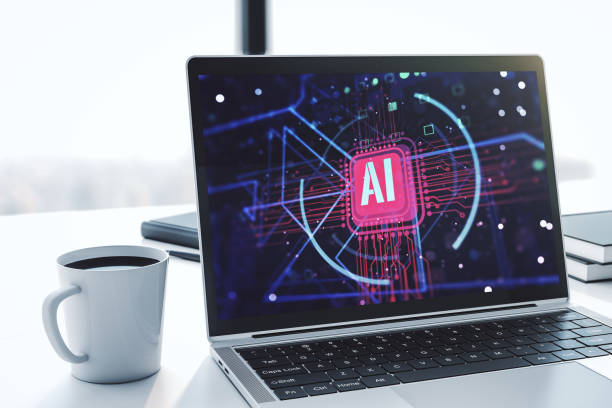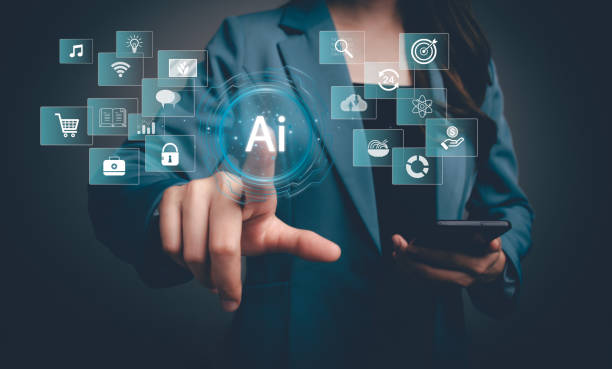What is an AI Robot? Definitions and Basic Concepts
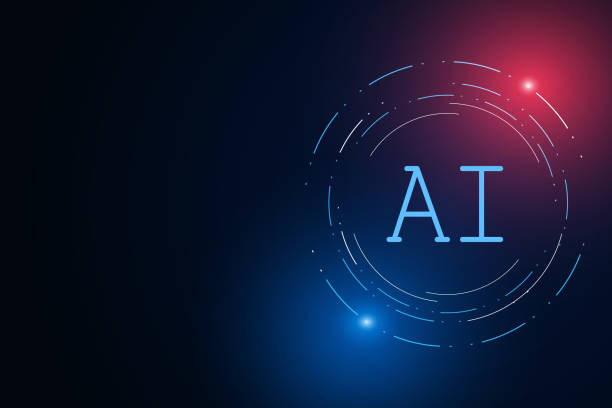
#An AI Robot (Artificial Intelligence Robot) is an intelligent operating system capable of performing tasks that typically require human intelligence.
These tasks include learning, reasoning, problem-solving, natural language understanding, and pattern recognition.
AI robots can exist physically (like industrial robots or service robots) or as software (like chatbots or virtual assistants).
In fact, AI robots are a combination of various sciences, including computer science, robotics engineering, and cognitive science.
The main goal of developing AI robots is to create systems that can operate independently, make decisions, and interact with their surroundings.
In summary, an AI robot is a powerful tool that can revolutionize various aspects of our lives.
From automating industrial processes to providing customer services and even assisting with scientific research, AI robots have immense potential to improve our quality of life.
AI robots, using complex algorithms and vast amounts of data, are capable of performing tasks that were previously only possible by humans.
For a better understanding of this concept, you can refer to the Artificial Intelligence article on Wikipedia.
Tired of losing customers due to poor e-commerce site design? Solve this problem forever with RasaWeb!
✅ Increase sales and conversion rate of visitors to customers
✅ Smooth and engaging user experience for your customers⚡ Get a free consultation
Types of AI Robots – From Industrial Robots to Virtual Assistants
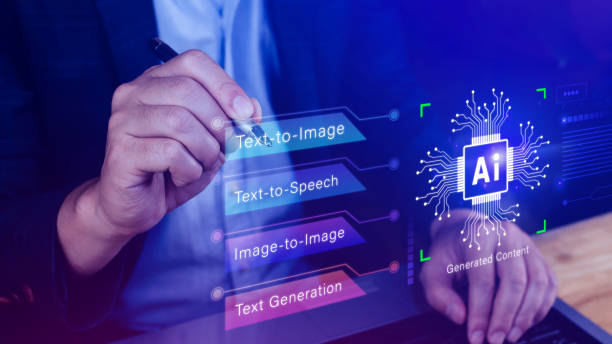
AI robots come in various shapes and sizes, each designed for specific applications.
One common classification is based on their type of application.
For example, industrial robots are used to perform repetitive and dangerous tasks in factories, while service robots are designed to assist people with daily tasks at home or work.
Another category of AI robots is virtual assistants, which operate as software and can answer user questions, perform tasks, and even converse with them.
Virtual assistants like Siri and Alexa are well-known examples of this type of robot.
Additionally, AI robots can also be categorized based on their level of intelligence and capabilities.
Some robots are only capable of performing simple, predefined tasks, while more advanced robots can learn, reason, and make complex decisions.
Advanced AI robots can also significantly aid in medicine and disease treatment.
Finally, it’s important to remember that AI robots are constantly evolving, and with technological advancements, we will witness the emergence of new and more powerful robots capable of performing tasks we can’t even imagine today.
An AI robot, as an intelligent system, provides diverse capabilities to users.
Applications of AI Robots – From Medicine to Industry and Beyond
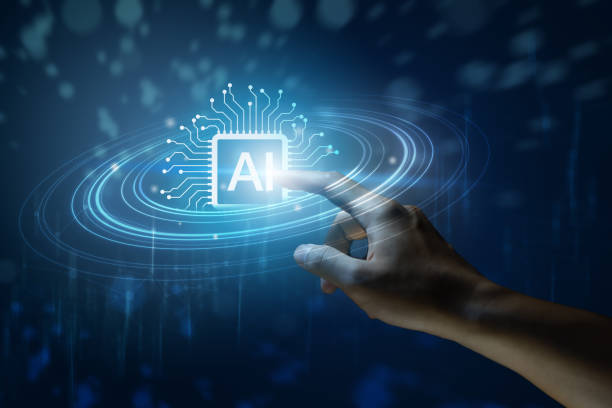
AI robots are currently used in a wide range of industries and fields.
In medicine, AI robots are used to diagnose diseases, perform complex surgeries, and provide personalized care to patients.
In industry, AI robots are used to automate production processes, control quality, and improve productivity.
In customer services, AI robots, in the form of chatbots, are used to answer customer questions, provide technical support, and process online orders.
In finance, AI robots are used for fraud detection, risk management, and investment advice.
AI robots even have applications in education, where they can serve as private tutors or teaching assistants to students.
Furthermore, AI robots are also used in research fields, where they can assist scientists in data analysis, pattern discovery, and generating new hypotheses.
AI robots are also used in security and defense, where they can be employed to identify threats, monitor environments, and perform military operations.
In summary, the applications of AI robots are vast and diverse, and it is expected that in the future, with technological advancements, we will witness newer and more innovative applications of this technology.
AI robots have many applications.
The table below shows an example of AI robot applications.
| Field | Applications |
|---|---|
| Medicine | Disease diagnosis, robotic surgery, patient care |
| Industry | Automation, quality control, optimization |
| Customer Services | Chatbots, technical support |
| Finance | Fraud detection, risk management |
| Education | Private tutor, teaching assistant |
Advantages and Disadvantages of Using AI Robots

Using AI robots offers numerous advantages, including increased productivity, reduced costs, improved quality, and enhanced safety.
AI robots can perform repetitive and tedious tasks with high accuracy and speed, leading to increased productivity and reduced human errors.
AI robots can also be deployed in dangerous and challenging environments, which enhances employee safety.
However, using AI robots also comes with disadvantages.
One of the most significant drawbacks is the high cost of deploying and maintaining AI robots.
AI robots can also lead to job displacement, as many tasks previously performed by humans are now done by AI robots.
Furthermore, AI robots can be vulnerable to cyberattacks or inadvertently cause accidents.
Ultimately, it is crucial to carefully evaluate the advantages and disadvantages before using AI robots and ensure that their use benefits society and the economy.
AI robots can help us with various tasks.
The advantages of using AI robots include increased accuracy and speed in performing tasks, reduced costs, and enhanced safety.
At the same time, disadvantages such as high setup costs and the potential loss of some jobs also exist.
Are you disappointed with your online store’s low conversion rate?
RasaWeb, with professional e-commerce site design, is your definitive solution!
✅ Increase your sales and revenue
✅ Exceptional user experience for your customers
⚡ Get a free consultation now!
The Future of AI Robots – What Should We Expect?
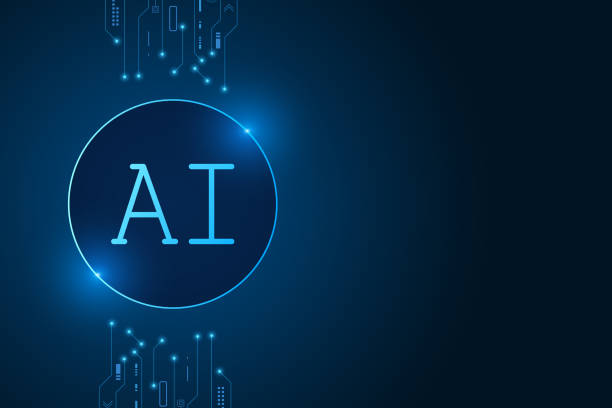
The future of AI robots appears very bright and exciting.
With technological advancements, AI robots are expected to become smarter, more powerful, and more versatile.
AI robots will be able to perform more complex tasks, interact more naturally with humans, and even detect and respond to emotions.
AI robots are expected to be used in a wider range of industries and fields in the future, including medicine, education, transportation, agriculture, and customer services.
AI robots can help us solve many global problems, including climate change, food shortages, and chronic diseases.
However, it is important to also consider the potential challenges and risks arising from the development of AI robots.
We must ensure that AI robots are developed and used safely and responsibly and are not used to harm humans or violate their rights.
AI robots should be designed to benefit all members of society.
Overall, the future of AI robots is full of opportunities and challenges.
With proper planning and management, we can harness the potential of AI robots to improve our lives and the world around us.
Ethical Challenges of AI Robots – Privacy, Security, and Accountability
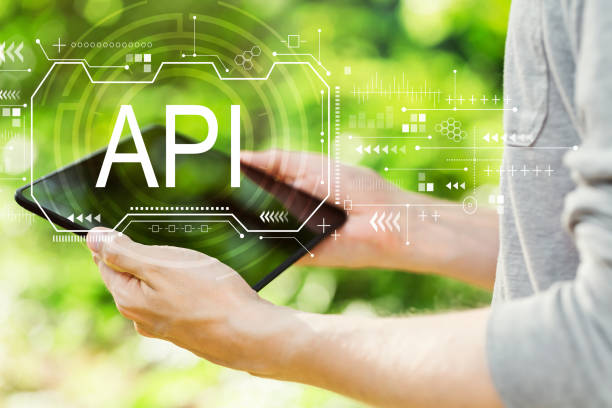
The development and use of AI robots raise important ethical challenges that must be addressed.
One of these challenges is the issue of privacy.
AI robots often collect and process a large amount of personal data, which can lead to violations of individual privacy.
It must be ensured that personal data is collected and used securely and responsibly, and that individuals have full control over their information.
Another challenge is security.
AI robots can be vulnerable to cyberattacks or inadvertently cause accidents.
Necessary measures must be taken to protect AI robots from cyberattacks and prevent accidents.
Also, accountability for the actions and decisions of AI robots must be determined.
If an AI robot causes harm to an individual, who will be responsible?
Furthermore, the issue of discrimination must also be addressed.
AI algorithms can be inadvertently discriminatory, leading to decisions that are unfair or unjust.
It must be ensured that AI algorithms are designed and used fairly and justly, and that discrimination is prevented.
AI robots should be designed to benefit all members of society and respect the rights of all individuals.
How Does an AI Robot Work?

AI robots use various machine learning algorithms and models to process data and perform tasks.
These algorithms allow the robot to learn from its experiences, identify patterns, and make better decisions.
For example, a facial recognition robot can identify people’s faces in images and videos using deep learning algorithms.
AI robots also use sensors to collect information from their environment.
This information helps the robot to better understand the environment and interact with it.
For example, a self-driving robot uses cameras, lidar, and radar to detect obstacles and navigate.
An AI robot can use this information to move independently in an environment and avoid collisions.
Additionally, AI robots use natural language to communicate with humans.
This allows the robot to understand commands, answer questions, and even converse with humans.
Natural Language Processing is one of the most important research areas in artificial intelligence, and significant progress has been made in this field.
An AI robot can use this technology to interact more effectively with humans and meet their needs.
| Component | Description |
|---|---|
| Machine Learning Algorithms | For data processing and learning from experiences |
| Sensors | For collecting information from the environment |
| Natural Language | For communicating with humans |
Skills Required to Work with AI Robots

To work with AI robots, various skills are required, including programming knowledge, machine learning knowledge, and robotics knowledge.
Programming knowledge helps you implement AI algorithms and control the robot.
Machine learning knowledge helps you train AI models and improve their performance.
Robotics knowledge helps you design, build, and maintain robots.
In addition, soft skills are also important for working with AI robots, including problem-solving skills, critical thinking skills, and teamwork skills.
AI robots often encounter complex problems that require problem-solving and critical thinking.
Also, working with AI robots is usually done in teams, so teamwork skills are also essential.
To acquire these skills, you can participate in training courses, read relevant books and articles, and undertake practical projects.
With practice and experience, you can acquire the necessary skills to work with AI robots and succeed in this field.
AI robots are a powerful technology that can help us in various fields.
Acquiring these skills can open doors to new career opportunities in this field.
Is your online sales not meeting expectations? With RasaWeb, solve the problem of low sales and poor user experience forever!
✅ Increase your visitor-to-customer conversion rate
✅ Create a delightful user experience and boost customer trust
⚡ Take action now for a free consultation!
How to Choose and Buy the Right AI Robot
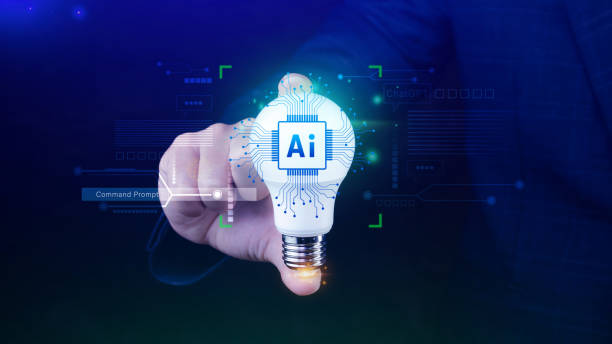
When choosing and buying an AI robot, you should consider various factors, including your needs, your budget, and the robot’s features.
First, you need to determine what you want to use the robot for.
Do you need an industrial robot for automating production processes? Or a service robot to help people with daily tasks?
After determining your needs, you should consider your budget.
The price of AI robots can vary greatly, so you should choose a robot that fits your budget.
Also, you should pay attention to the robot’s features.
Does the robot have enough sensors? Does the robot support natural language? Does the robot have learning capabilities? An AI robot should be such that it meets your needs.
Before purchasing the robot, be sure to read other users’ reviews.
These reviews can help you gain a better understanding of the robot’s performance and capabilities.
Also, ask the seller to show you the robot and instruct you on how to use it.
By considering these points, you can choose and purchase the right AI robot.
Finally, pay attention to technical support and after-sales services.
A reputable company should have strong technical support services to assist you if a problem arises.
An AI robot is a significant investment, so you should ensure that you will be satisfied with your purchase.
AI Robots in Iran – Current Status and Outlook

In Iran, the use of AI robots is increasing, and we are witnessing the growth and development of this technology in various fields.
Knowledge-based companies and universities are researching and developing AI robots and striving to localize this technology.
AI robots in Iran are used in various fields such as industry, agriculture, medicine, and services.
The government also supports the development of AI robots in Iran and implements various programs to encourage and facilitate this.
However, challenges still exist, including a shortage of skilled labor, lack of investment, and insufficient awareness about the benefits of AI robots.
Despite these challenges, the outlook for AI robots in Iran seems bright.
With the efforts of Iranian specialists and government support, we can witness significant growth and development of this technology in Iran and benefit from its advantages in various fields.
AI robots can help us solve many of the country’s problems and contribute to Iran’s economic and social development.
Given Iran’s high potential in the field of artificial intelligence, it is expected that in the future we will witness significant advancements in this area and Iran will become one of the leading countries in AI robotics.
AI robots are a great opportunity for Iran’s development and progress.
Frequently Asked Questions
| Row | Question | Answer |
|---|---|---|
| 1 | What is an AI robot? | An AI robot is a machine capable of understanding, reasoning, learning, and problem-solving, and can perform complex tasks with relative autonomy. |
| 2 | What are the most important applications of AI robots? | Main applications include industrial production, customer service (chatbots), medicine and surgery, autonomous transportation, space exploration, and military affairs. |
| 3 | What is the main difference between an AI robot and a regular robot? | A regular robot only follows programmed instructions, while an AI robot can learn from data, make decisions, and adapt to new environments. |
| 4 | How do AI robots learn? | They identify patterns and improve their performance through machine learning algorithms (such as deep learning, reinforcement learning) and processing vast amounts of data. |
| 5 | Can AI robots have emotions? | Currently, AI robots do not possess real emotions in the human sense. They can imitate or detect emotions, but they do not understand or experience them. |
| 6 | What are the current limitations of AI robots? | Limitations include the need for large amounts of data, inability to understand abstract concepts, lack of true creativity, ethical issues, and challenges of generalizability in new environments. |
| 7 | What is the role of AI in the development of humanoid robots? | AI helps humanoid robots to walk, maintain balance, understand their surroundings, interact with humans, and perform complex tasks. |
| 8 | How is the future of AI robots predicted? | AI robots are predicted to become smarter, more autonomous, and capable of performing more complex tasks in daily life and industry, with increased human interaction. |
| 9 | Can AI robots replace all human jobs? | It is unlikely that all human jobs will be replaced. Robots will take over many repetitive and dangerous tasks, but jobs requiring creativity, empathy, and ethical judgment will remain. |
| 10 | What ethical and social challenges arise with the expansion of AI robots? | Challenges include issues related to privacy, data security, ethical decision-making by robots, impact on employment, and accountability in case of errors. |
And other services of RasaWeb advertising agency in the field of advertising
- Smart Data Analysis: An exclusive service for increasing customer acquisition based on attractive UI design.
- Smart Google Ads: An effective tool for increasing website traffic through marketing automation.
- Smart Customer Journey Map: An exclusive service for increasing customer acquisition based on SEO-driven content strategy.
- Smart Website Development: A combination of creativity and technology to increase click-through rates through Google ad management.
- Smart UI/UX: A combination of creativity and technology to improve SEO ranking through custom programming.
And over hundreds of other services in the field of internet advertising, advertising consultation, and organizational solutions
Internet Advertising | Advertising Strategy | Advertorials
Sources
Comprehensive Guide to AI Robots
AI News and Articles on Zoomit
Latest Developments in AI Robots on ISNA
The Role of AI in Iran’s Digital Transformation
? In today’s competitive world, a strong online presence is key to your success. RasaWeb Afarin, by providing comprehensive digital marketing solutions including responsive website design, SEO, and social media management, will elevate your business. Build your digital future with us.
📍 Tehran, Mirdamad Street, next to Central Bank, Southern Kazeroon Alley, Ramin Alley, No. 6

